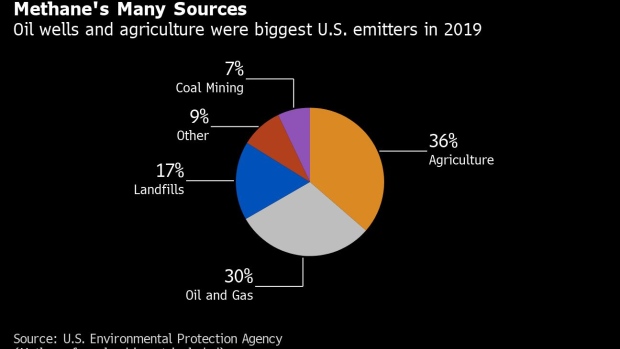It looks like you're new here. If you want to get involved, click one of these buttons!
https://connect.rightprospectus.com/janushenderson/TADF/47103E742/P?site=janushendersonThe Fund expects to maintain an average-weighted effective maturity of three years or less under normal circumstances. ... "Effective" maturity differs from actual maturity, which may be longer. In calculating the “effective” maturity the portfolio managers will estimate the effect of expected principal payments and call provisions on securities held in the portfolio. ...[A]ll else being equal, [this] could result in more volatility than if the Fund calculated an actual maturity target.
...
Extension risk is the risk that borrowers may pay off their debt obligations more slowly in times of rising interest rates, which will lengthen the duration of the portfolio. Liquidity risk is the risk that fixed-income securities may be difficult or impossible to sell at the time that the portfolio managers would like or at the price the portfolio managers believe the security is currently worth.
https://www.kcra.com/article/criminal-charges-pgande-zogg-fire/37724695In a news conference, Shasta County District Attorney Stephanie Bridgett announced the 31 charges, including 11 felonies, against the company. She said in July that her office had determined that PG&E was “criminally liable” for last year’s Zogg Fire, which burned near Redding.
...
The filing also includes felony arson charges against PG&E for "recklessly igniting" three other fires, all occurring in Shasta County in the last year and a half before and after the Zogg Fire.
PG&E equipment has been found responsible for some of the most destructive wildfires in California history, including the 2018 Camp Fire in Butte County that left more than 80 people dead. More recently, PG&E reported to California utility regulators that its equipment may have been involved in the start of the Dixie Fire burning in Northern California.
https://www.nytimes.com/2021/02/21/us/texas-electricity-ercot-blackouts.htmlPart of the responsibility for the near-collapse of the state’s electrical grid can be traced to the decision in 1999 to embark on the nation’s most extensive experiment in electrical deregulation, handing control of the state’s entire electricity delivery system to a market-based patchwork of private generators, transmission companies and energy retailers.
Leveraged loans and BDC's, stay far, far away IMHO. If you want to play around in a similar space MPV is a relative bargain these days.Another high yield ETF I reviewed was VPC, a newer private credit fund with good performance but an expense ratio of 5.53%! The base direct ER is 0.75%, while the remainder is attributed to AFFE (Acquired Fund Fees and Expenses). Granted it is a fund of funds with components layering on additional expense, but still seems extreme to me. Perhaps readers with more background in this investment class can provide further embellishment and evaluation. Thank you.

© 2015 Mutual Fund Observer. All rights reserved.
© 2015 Mutual Fund Observer. All rights reserved. Powered by Vanilla